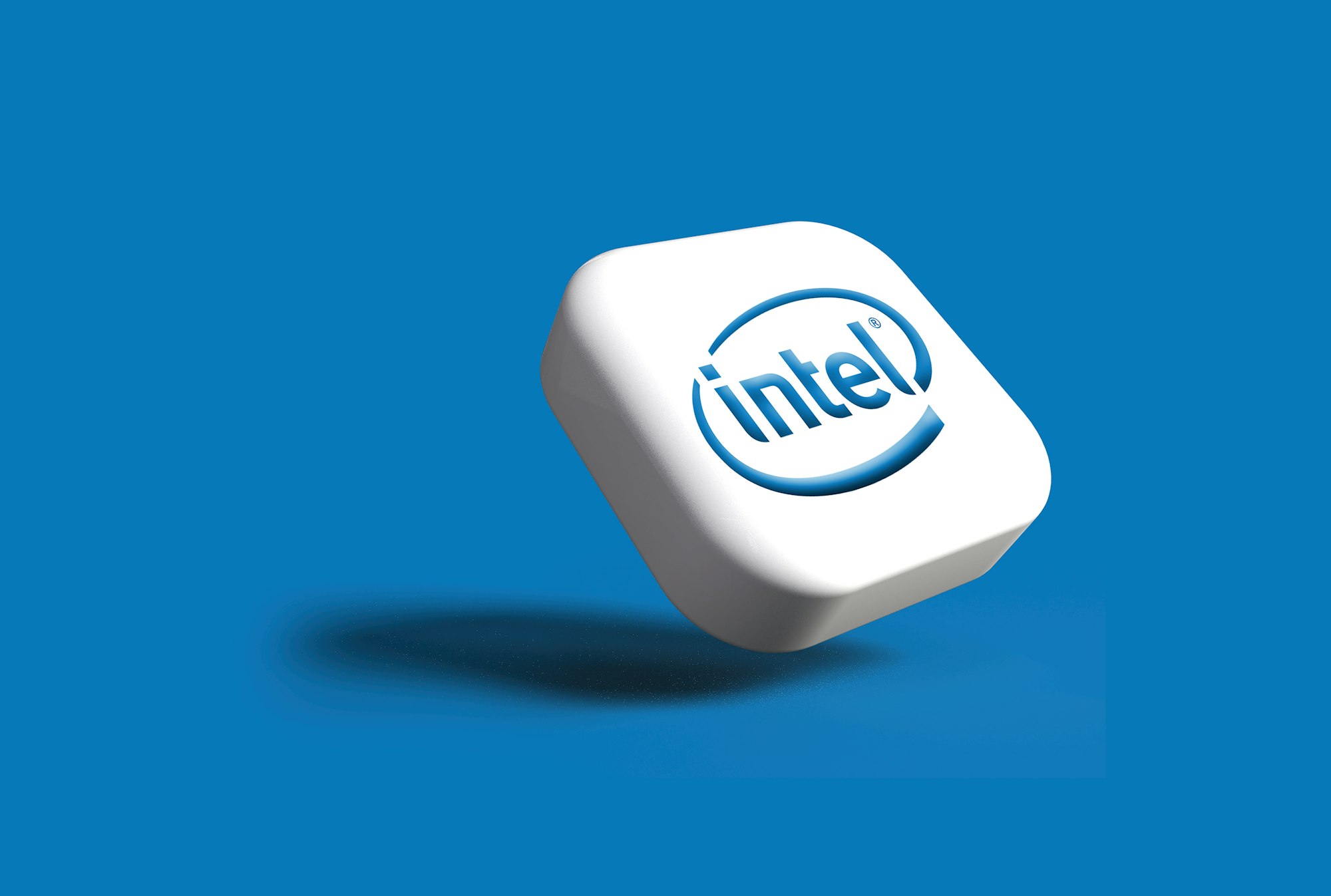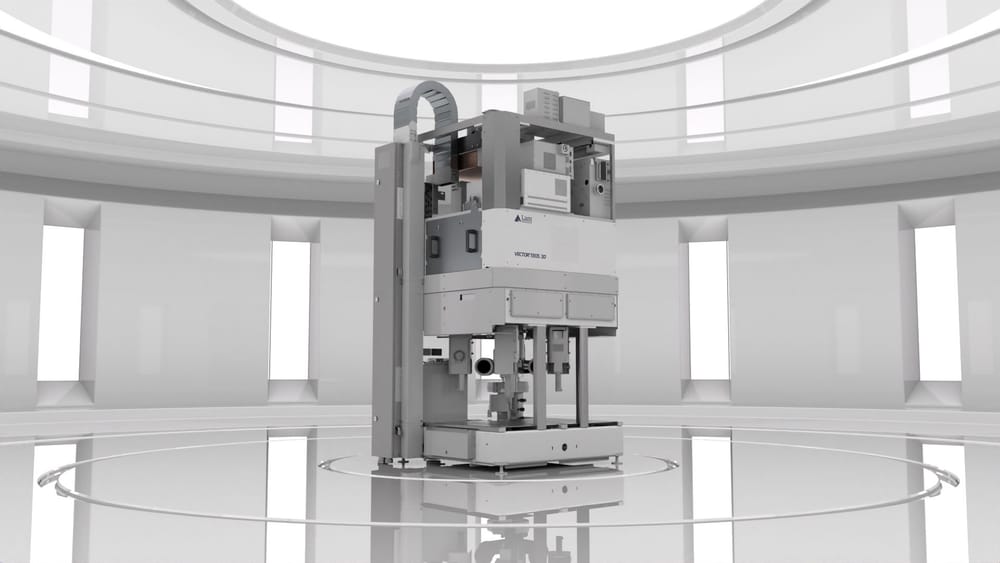Synopsys's (SNPS) Trillion-Dollar Test: After a Market Shock, Can the King of Chip Design Reboot Its Growth Engine?
Synopsys stunned Wall Street with a weak forecast, hurt by a major customer pullback. Can the chip design giant engineer a comeback?

On September 10, 2025, the music stopped. For Synopsys, a titan of the semiconductor industry and a linchpin of the global technology ecosystem, it was the day the market’s faith was shattered. Shares of the Sunnyvale, California-based company plunged by more than 30 percent, marking the largest single-day percentage drop in its history and wiping out tens of billions of dollars in market capitalization.The shockwave rippled through Silicon Valley, leaving investors and analysts grappling with a jarring paradox. At the very moment the world’s insatiable demand for artificial intelligence is fueling a historic semiconductor boom, the company whose software is the bedrock of that revolution had stumbled, and stumbled badly.
The cataclysmic stock drop was a direct reaction to a disastrous third-quarter earnings report and, more alarmingly, a guidance for the future that signaled deep-seated trouble.The event has forced a set of urgent questions to the forefront: How could the indispensable architect of the AI age misfire so profoundly? Was this a temporary stumble, a perfect storm of unfortunate events, or a symptom of a more fundamental flaw in its strategy? And most critically for its future, can its vaunted earnings growth recover, especially with persistent questions swirling around its relationship with one of its most important customers, Intel?
Anatomy of a Meltdown
The crisis that engulfed Synopsys was not the result of a single failure but a confluence of pressures that exposed vulnerabilities in its most profitable business lines. The company’s third-quarter results revealed a stark divergence in its performance. While overall revenue grew a respectable 14 percent year-over-year to $1.74 billion, this figure fell short of Wall Street’s consensus estimate of around $1.77 billion. The non-GAAP earnings per share of $3.39 also missed expectations of roughly $3.80, a rare and significant miss for a company that had consistently beaten estimates in prior quarters.
The primary culprit was laid bare in the segment breakdown: the Design IP business. This division, which licenses pre-designed blocks of circuitry like USB or PCIe interfaces, has long been a high-margin growth engine for the company. In the third quarter, its revenue declined 8 percent year-over-year to $427.6 million, a stark contrast to the core Electronic Design Automation (EDA) software segment, which grew a healthy 17 percent.Even more alarming was the collapse in the IP segment’s operating margin, which contracted by a staggering 1660 basis points. This was not a minor sales shortfall; it was a fundamental breakdown in a key profit center. In a statement, CEO Sassine Ghazi acknowledged the issue head-on, admitting that the "IP business underperformed expectations". This underperformance was the epicenter of a perfect storm.
One of the key external factors was geopolitical. Management explicitly cited "new export restrictions" that "disrupted design starts in China" as a primary cause of the IP weakness. The Chinese market, which accounted for 14 percent of revenue in the quarter, was effectively roiled by U.S. government curbs on the sale of advanced chip design software that were in place from late May to July. While the restrictions were temporary, their impact was not. The move had a chilling effect on customer confidence, making Chinese firms hesitant to sign the multi-year commitments that are the lifeblood of the IP business. This geopolitical headwind is not unique to Synopsys; competitors like Cadence and Siemens EDA also noted the disruption from trade policies.However, for Synopsys, it compounded other, more company-specific problems at the worst possible time.
The second, and perhaps more complex, factor was what the company described as "challenges at a major foundry customer". Analysts quickly and widely identified this customer as Intel.The issue stemmed from a significant strategic shift at the chipmaking giant. Intel has been aggressively pursuing a foundry business, aiming to manufacture chips for other companies. Synopsys, in turn, had invested heavily in creating a portfolio of IP specifically for Intel’s next-generation "18A" manufacturing process, anticipating a wave of third-party customers who would license that IP for their designs. The problem arose when Intel pared back its ambitions for the external-facing side of its 18A business, repositioning the cutting-edge technology more for its own internal products. The expected wave of external customers never materialized, and the market for that specific Synopsys IP evaporated, leaving the company with a significant revenue hole and a portfolio of assets that failed to generate their expected return.

This development created an apparent contradiction. Only months earlier, in April 2025, Synopsys and Intel had announced a major expansion of their multi-decade partnership, centered on certifying Synopsys’s EDA tools and developing a broad IP portfolio for the very same Intel 18A process. The nuance is critical: the core relationship for EDA tools, which Intel needs to design its own chips, remains stronger than ever. The failed bet was on a specific, high-stakes gamble on the success of Intel's external foundry business model. Therefore, the answer to the question of whether Intel as a customer is "gone" is a definitive no. But a specific, high-margin revenue stream tied to Intel’s grand foundry ambitions is, for now, gone, and its disappearance was a central cause of the quarter’s meltdown.
The Ghazi Doctrine: A High-Stakes Pivot
In the face of the crisis, CEO Sassine Ghazi has articulated a decisive, multi-faceted strategy aimed not just at fixing the immediate problems but at fundamentally reshaping the company for a new era of technological complexity. This pivot is built on two pillars: a transformative acquisition and a painful but necessary internal restructuring.
The centerpiece of the company's long-term strategy is the massive $35 billion acquisition of Ansys, which closed on July 17, 2025, making the third quarter the first to include its financial contribution.This deal is far more than a simple expansion; it is a strategic reinvention. It takes Synopsys from its core competency in designing chips to the much broader world of physical engineering simulation—tools that model thermal, structural, and fluid dynamics. Management has repeatedly described the move as "transformational," creating a global leader in solutions that span from "silicon to systems". As chips become deeply integrated into complex physical products like autonomous vehicles and aircraft, designing the silicon in isolation is no longer sufficient. The Ansys acquisition allows Synopsys to offer a unified platform where engineers can simulate not just how a chip functions, but how it behaves within the real-world physical stresses of the system it powers. This move is both offensive, opening up vast new markets in the automotive and aerospace industries, and defensive, creating a powerful competitive moat as rivals also push beyond traditional EDA. It is a strategic imperative to build a new growth engine precisely when the old one is sputtering.
The second pillar of the Ghazi doctrine is a comprehensive internal overhaul. In response to the quarter's poor performance, Synopsys announced a strategic review of its operations and a plan to reduce its global headcount by approximately 10 percent by the end of fiscal 2026. This painful measure is designed to improve operational efficiency and reallocate resources toward the highest-growth opportunities. More profoundly, the company is pivoting its IP business model. The crisis has accelerated a necessary evolution away from selling individual, off-the-shelf IP blocks toward delivering more complex, customized "subsystems" and "chiplet-based solutions". The increasing complexity of AI chips means customers no longer just want a component; they want an entire, pre-validated system that integrates multiple pieces of IP. This is a higher-risk, higher-reward strategy that aligns with the future of chip design but will require significant investment and time to bear fruit. Management has already signaled this to investors, forecasting a "transitional and muted year in IP" for fiscal 2026, a clear sign that this transformation will suppress short-term growth in favor of a more durable long-term model.
The View from the Valley
Synopsys’s struggles, while severe, are not occurring in a vacuum. The company operates within a highly concentrated oligopoly, where it competes fiercely with Cadence Design Systems and Siemens EDA. Together, these three firms control over 70 percent of the market for the software that designs the world's chips. A look at their recent performance helps to isolate Synopsys's specific challenges from broader industry trends. Cadence, for its part, reported a strong second quarter of 2025, beating estimates and raising its full-year guidance to 13 percent revenue growth, citing powerful, AI-driven demand across its portfolio.
Siemens' Digital Industries segment faced its own headwinds, with a 10 percent revenue decline in its third quarter, partly due to a 30 percent drop in its software business linked to the same China EDA restrictions that hit Synopsys. This comparison suggests that while all players are navigating geopolitical turbulence, the Intel-related IP issue and internal missteps were unique and significant drags on Synopsys's performance, highlighting that in this strong market, execution is paramount.
Despite its internal issues, Synopsys is buoyed by powerful secular tailwinds. The global semiconductor market is on a historic run, projected to grow to nearly $700 billion in 2025 and on track to reach $1 trillion by 2030. This explosive growth is overwhelmingly driven by the AI revolution, with AI-related chips expected to generate over $150 billion in sales in 2025 alone. This creates a powerful, non-discretionary demand floor for Synopsys's core products. The fundamental reality is that no advanced AI chip—from Nvidia, AMD, or any hyperscaler designing its own silicon—can be designed or built without the foundational EDA tools provided by Synopsys and its two main competitors. The relentless march of Moore's Law and the increasing complexity of chip design, with the industry moving to 3nm process nodes and embracing chiplet architectures, only makes these tools more critical and more valuable.
Charting the Path to Recovery
The question for investors remains: will earnings growth recover? The analysis suggests that a recovery is likely, but the path will be challenging and will not be a simple V-shaped rebound. The company's own guidance is the clearest evidence of this. The severe cut to the full-year 2025 non-GAAP EPS forecast—slashed from a range of $15.11-$15.19 down to $12.76-$12.80—is a stark signal from management that the headwinds are not short-lived and the turnaround will take time.
A return to sustained earnings growth will depend on flawless execution across three critical fronts. First, the company must successfully integrate the massive Ansys acquisition, realizing the promised synergies and proving it can effectively sell a combined "silicon to systems" portfolio to a wider customer base. Second, it must navigate the difficult and costly transformation of its IP business, shifting from a high-margin product model to a more complex, service-oriented subsystem model. Finally, it must manage the persistent geopolitical risks in China while successfully evolving its crucial partnership with Intel, moving beyond the failed foundry-IP model to a deeper collaboration on tools and custom IP for Intel's own formidable internal needs.
Synopsys's crisis was a painful but perhaps necessary wake-up call. The market has forced it to accelerate its transformation to meet the demands of the AI era. The foundational, non-negotiable demand for its core technology remains undeniable. But for the undisputed king of chip design, the trillion-dollar test has only just begun.
Author

Investment manager, forged by many market cycles. Learned a lasting lesson: real wealth comes from owning businesses with enduring competitive advantages. At Qmoat.com I share my ideas.




